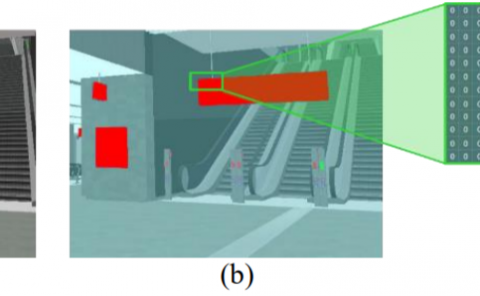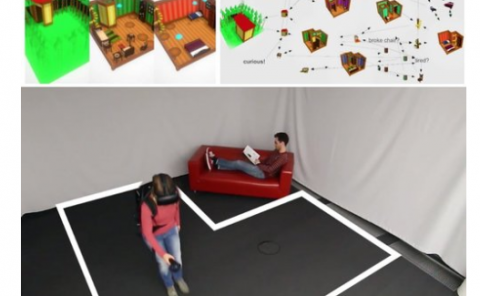SiTAR: Situated Trajectory Analysis for In-the-Wild Pose Error Estimation
PubDate: Aug 2023
Teams: Duke University
Writers: Tim Scargill, Ying Chen, Tianyi Hu, Maria Gorlatova
PDF: SiTAR: Situated Trajectory Analysis for In-the-Wild Pose Error Estimation

Abstract
Virtual content instability caused by device pose tracking error remains a prevalent issue in markerless augmented reality (AR), especially on smartphones and tablets. However, when examining environments which will host AR experiences, it is challenging to determine where those instability artifacts will occur; we rarely have access to ground truth pose to measure pose error, and even if pose error is available, traditional visualizations do not connect that data with the real environment, limiting their usefulness. To address these issues we present SiTAR (Situated Trajectory Analysis for Augmented Reality), the first situated trajectory analysis system for AR that incorporates estimates of pose tracking error. We start by developing the first uncertainty-based pose error estimation method for visual-inertial simultaneous localization and mapping (VI-SLAM), which allows us to obtain pose error estimates without ground truth; we achieve an average accuracy of up to 96.1% and an average F1 score of up to 0.77 in our evaluations on four VI-SLAM datasets. Next we present our SiTAR system, implemented for ARCore devices, combining a backend that supplies uncertainty-based pose error estimates with a frontend that generates situated trajectory visualizations. Finally, we evaluate the efficacy of SiTAR in realistic conditions by testing three visualization techniques in an in-the-wild study with 15 users and 13 diverse environments; this study reveals the impact both environment scale and the properties of surfaces present can have on user experience and task performance.


